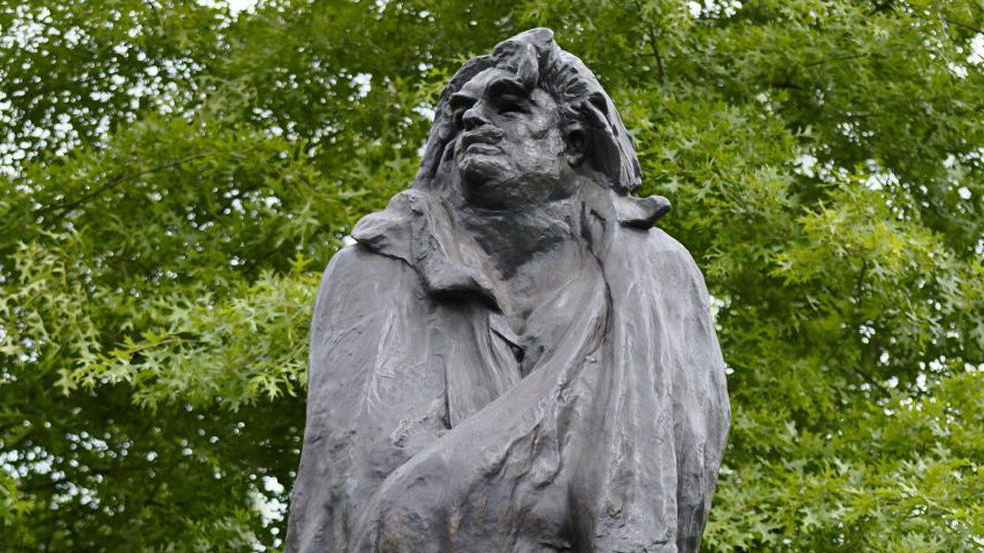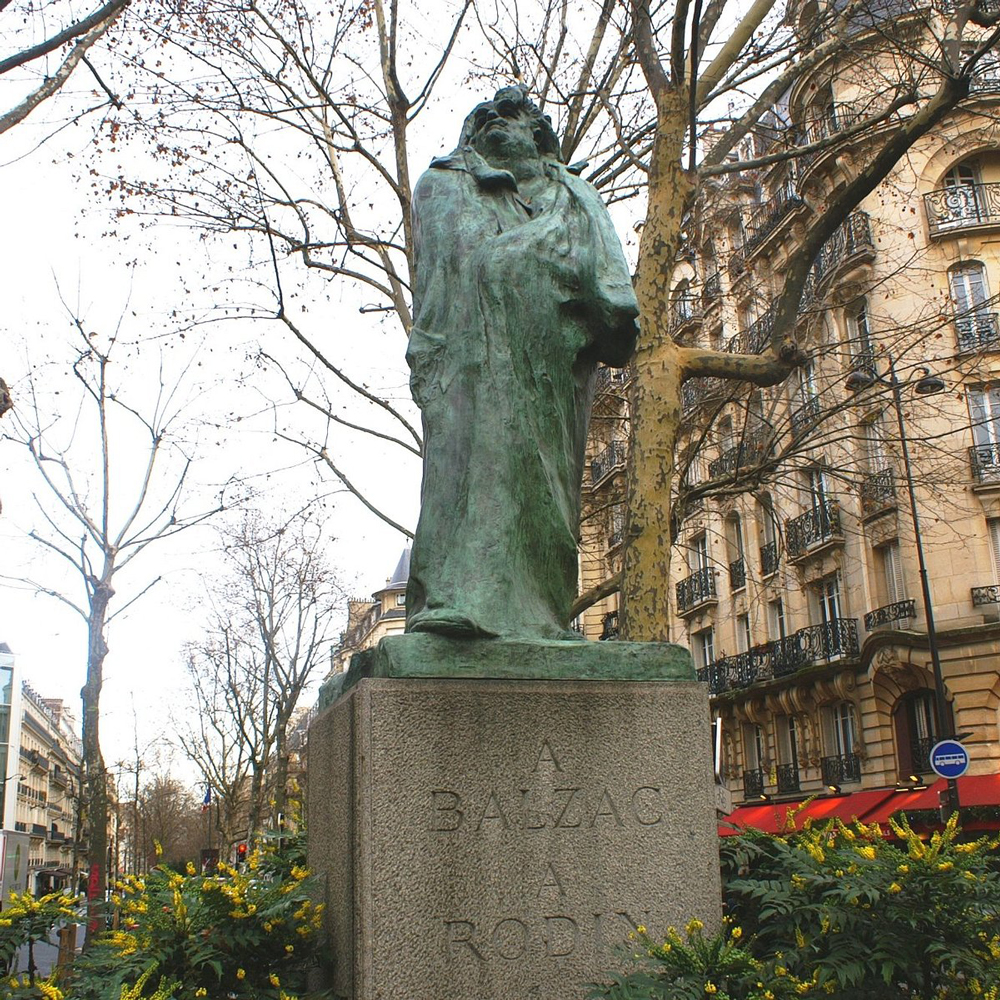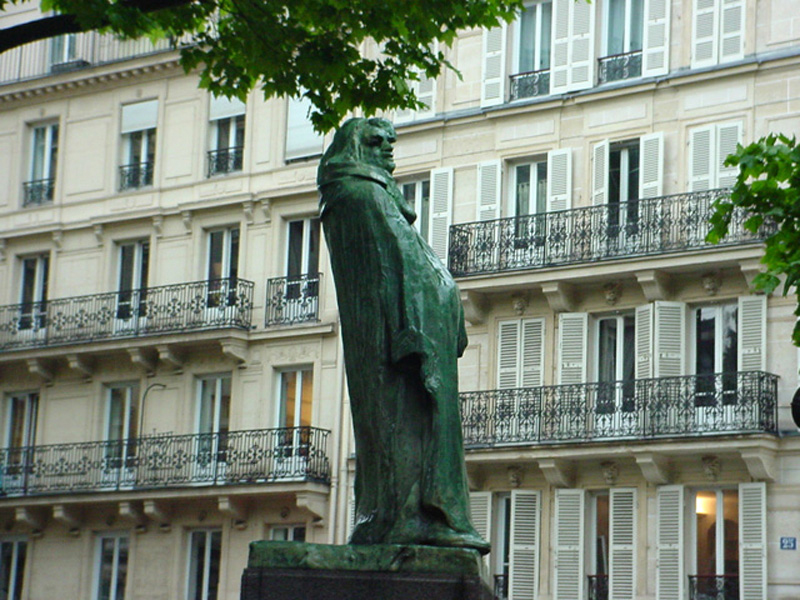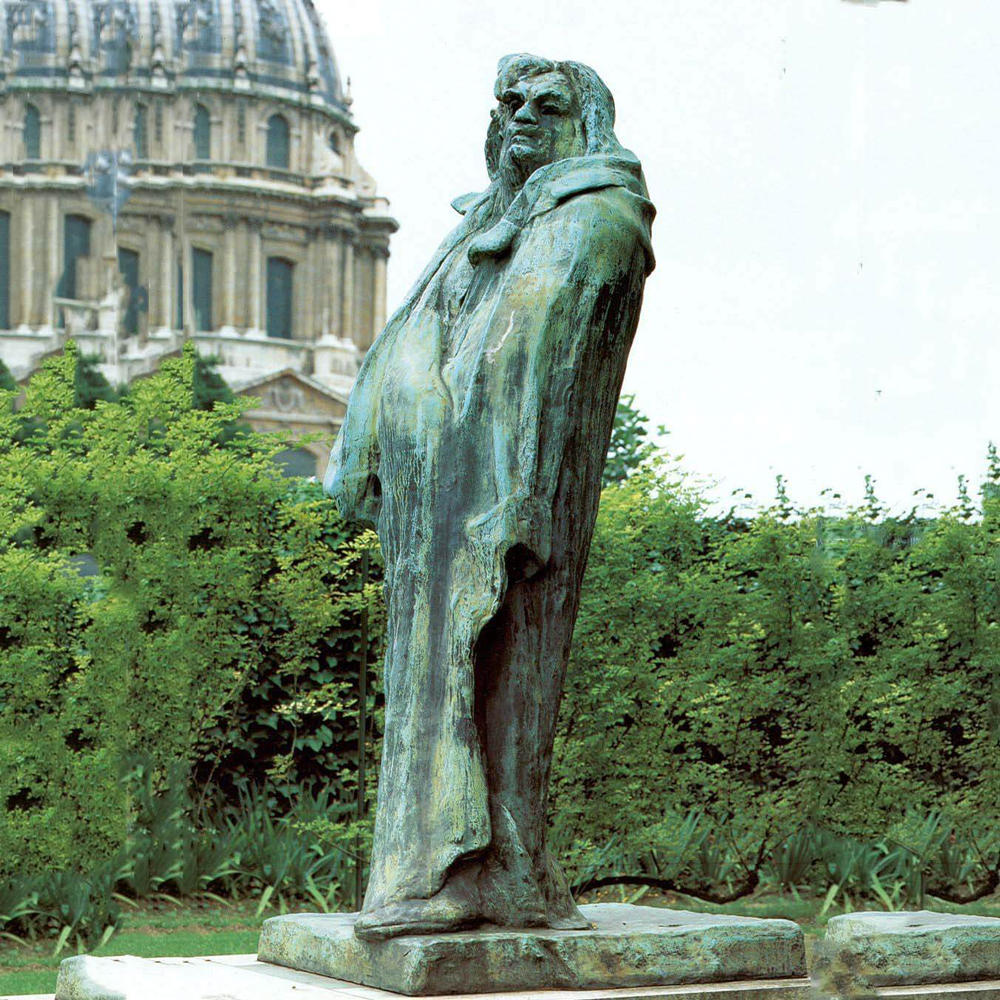Introduction

This is the Balzac Rodin sculpture. Auguste Rodin, as a master of sculpture art, is not only renowned for his profound understanding of human body structure, but also highly praised for his literary themed sculptures that are full of connotations. Among them, the statue depicting French writer Balzac is particularly eye-catching. This article will provide an in-depth introduction to the background, artistic creation process, and literary emotions contained in this work by Roger.
Background and literary contemplation
The pinnacle of French literature: At the end of the 19th century, French literature ushered in a peak moment, and Balzac, who was awarded one of the pinnacles of French literature, was remembered by future generations for his masterpiece “Human Comedy”. Rodin’s choice of sculpture as a literary giant is not only a tribute to literature and art, but also a sculptural representation of Balzac’s profound thoughts.
Human Comedy and Balzac’s Image

Inheritance of Literature: “Human Comedy” is Balzac’s representative work and one of the grandest novels in French literary history. Through this work, Rodin delves into the character images created by Balzac, attempting to present literary characters vividly to the audience through sculpture.
Art creation process
The Combination of Literature and Sculpture: Rodin began to carve this statue by delving into Balzac’s literary works, particularly his depiction of the characters in ‘Human Comedy’. He not only focuses on capturing Balzac’s facial features, but also delves deeper into the emotional, ideological, and spiritual connotations behind literary works.
The image of Balzac in the sculpture: This statue presents Balzac in a seated position, with a sturdy and powerful body, a solemn and thoughtful expression. Rodin portrays Balzac’s unique and recognizable face through delicate carving, allowing viewers to glimpse the author’s inner literary world.
Presentation of Literary Emotions

The deep emotion in the pen: Rodin attempts to convey the deep and profound atmosphere in Balzac’s works through the statue. Balzac was a social observer in literary history, and his works revealed the emotions of human nature, which Rodin attempted to express through sculpture.
Inner contemplation gaze: Balzac’s deep and burning gaze in the statue seems to penetrate the surface of literature and reach the depths of the character’s heart. This gaze not only gives the statue more vitality, but also allows the viewer to feel the depth of thought contained in Balzac’s literary works.
The fusion of literature and sculpture
Sculpturization of literary emotions: Rodin’s Balzac statue is a sculptural representation of literary emotions, attempting to present the emotions, ideas, and profound insights into human nature in Balzac’s works to the audience through sculpture. This is not only a statue, but also a tribute to literature and an interpretation of Balzac’s ideas.
Influence and Literary Significance

The Cross boundary between Literature and Sculpture: Rodin’s Balzac statue marks a successful attempt to cross boundary between literature and sculpture in art history. Through this work, artists were inspired to attempt to integrate emotions and character images from literature into sculpture, creating a new way of artistic expression.
The Eternal Presentation of Literary Works: Rodin’s statue enables the image of Balzac, a literary giant, to be presented forever in art. Through statues, viewers can not only taste the charm of sculpture art, but also feel the emotional resonance in Balzac’s literary works.
Epilogue
The Balzac image in Rodin’s sculpture is not only a statue, but also an outstanding work that combines literature and sculpture. Through profound literary understanding and sculptural expression, Rodin successfully sculptured literary emotions, opening up new possibilities for later artistic development. This statue is a tribute to a literary giant and an outstanding example of the integration of literature and sculpture.

